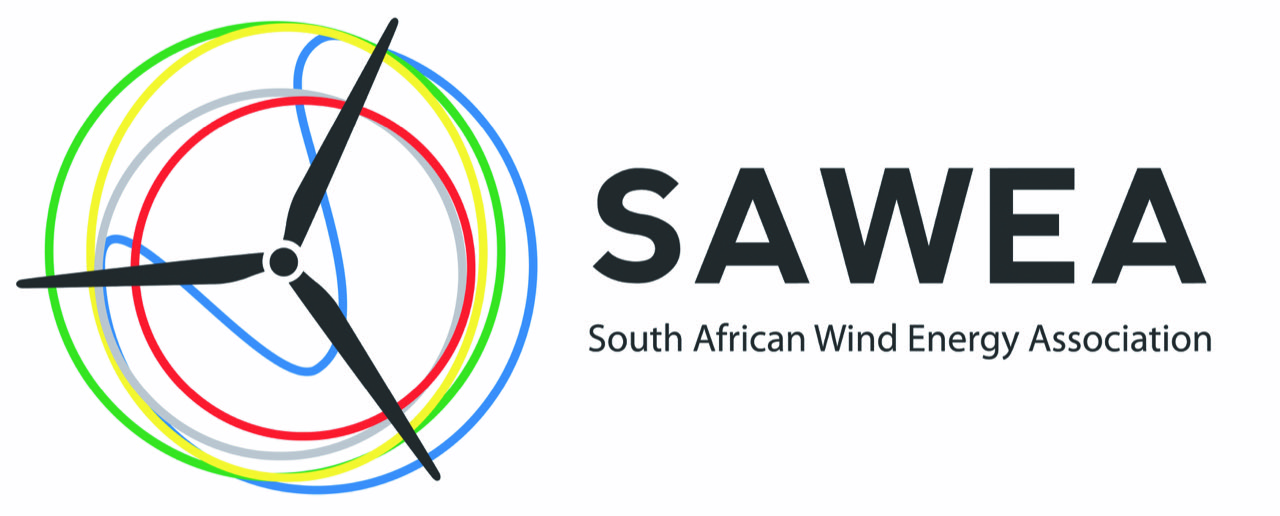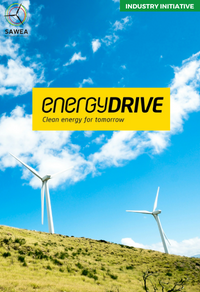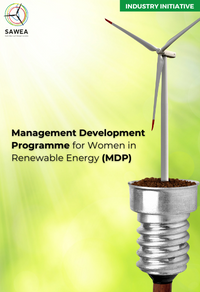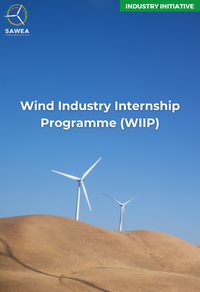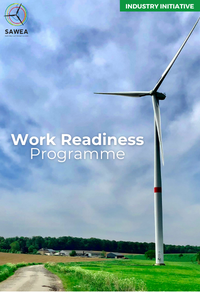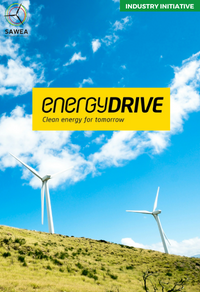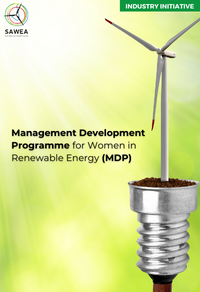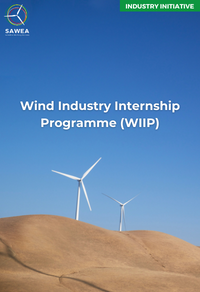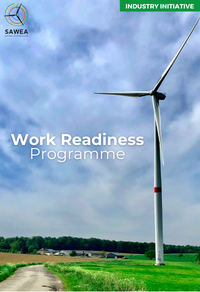SAREGS 2025 & IRP 2025 What It Means for South Africa’s Wind Energy Industry
Johannesburg, 28 October 2025: The 2025 South African Renewable Energy Grid Survey (SAREGS) reveals a remarkable 72 GW of renewable energy projects at advanced stages of development which could be ready to connect to the grid within the next seven years; in line with the 71.7 GW total capacity (wind and solar PV combined) envisioned in the Integrated Resource Plan (IRP) 2025 over a 16-year horizon.
Launched on 27 October 2025, the survey reaffirms that South Africa’s renewable energy sector is not only aligned with IRP ambitions, but well ahead of them - demonstrating investor confidence, project maturity, and delivery readiness across the value chain.
Led by the National Transmission Company South Africa (NTCSA), in collaboration with the South African Wind Energy Association (SAWEA) and the South African Photovoltaic Industry Association (SAPVIA), SAREGS continues to serve as a critical coordination tool that aligns the national development pipeline with transmission planning and investment decisions. It emphasizes the growing need for collaborative action between industry and government to ensure grid infrastructure keeps pace with market momentum.
“The survey shows exponential growth across all segments of the renewable energy value chain, with wind increasing from 43.8 GW in 2024 to as much as 60 GW this year, (not including hybrid projects)” says Niveshen Govender, CEO of SAWEA. “This growth trajectory reflects the sector’s maturity, capability, and readiness to deliver.”
Over the past four years, the renewable energy pipeline has expanded from 63 GW in 2022 to 220 GW in 2025, a more than threefold increase, highlighting the sector’s sustained growth and the urgency of grid expansion, flexibility, and modernisation to support accelerated deployment.
IRP Alignment and Wind Energy Implications
The IRP 2025 allocates 43 GW of new onshore wind capacity by 2042, averaging roughly 2.7 GW per year. In contrast, SAREGS 2025 identifies over 60 GW of wind projects already in development, including 17 GW of advanced or shovel-ready capacity with the majority of this capacity expected to come online in the next 5 years.
This gap between policy allocation and pipeline reality presents both a strategic opportunity and a critical challenge:
- Opportunity: The sector’s readiness shows that South Africa can exceed current policy targets, potentially accelerating decarbonisation, job creation, and energy security.
- Challenge: Without corresponding grid investment and enabling regulatory reform, much of this capacity risks remaining stranded, delaying the country’s energy transition. Fortunately, through SAREGS, NTCSA now has a robust, data-driven tool to proactively map and guide transmission development across the country.
The findings reinforce the urgent need to fast-track transmission infrastructure, modernise grid operations, and adopt flexible planning frameworks that can accommodate faster renewable uptake than currently envisioned by the IRP.
“The SAREGS 2025 results make it clear that South Africa’s renewable energy sector, and wind energy in particular, is not just ready, but eager to deliver,” concludes Govender. “With 60 GW of wind projects capable of grid connection within seven years, the message is clear: the pipeline is ahead of policy, and the next frontier lies in unlocking grid access to convert this potential into generation capacity.”
For more information, kindly view the full survey here.
Editors Notes:
Key SAREGS 2025 Findings
- Wind and wind hybrid projects now account for over 110 GW, representing more than 50% of total reported capacity.
- Wind and wind+BESS - 60GW.
- Wind projects (Type A) – 17 GW i.e. advanced development
- Industry engagement has surged, with contributors growing from 483 in 2024 to 673 in 2025.
- Project maturity continues to strengthen, with 72 GW classified as Type A (advanced development) and 45 GW as Type B (under development)
- Geographically, mature developments remain concentrated in the Cape and Hydra regions, with new projects expanding into previously underutilised grid zones.
- An increasing number of projects now provide ancillary services — from reactive voltage support to black-start capability — enhancing grid resilience.
- The sector is showing a strategic shift toward hybrid and co-located projects, optimising land use, generation profiles, and grid efficiency.
- SAREGS continues to inform national planning instruments, including the Transmission Development Plan (TDP), Integrated Transmission Projects (ITPs)
